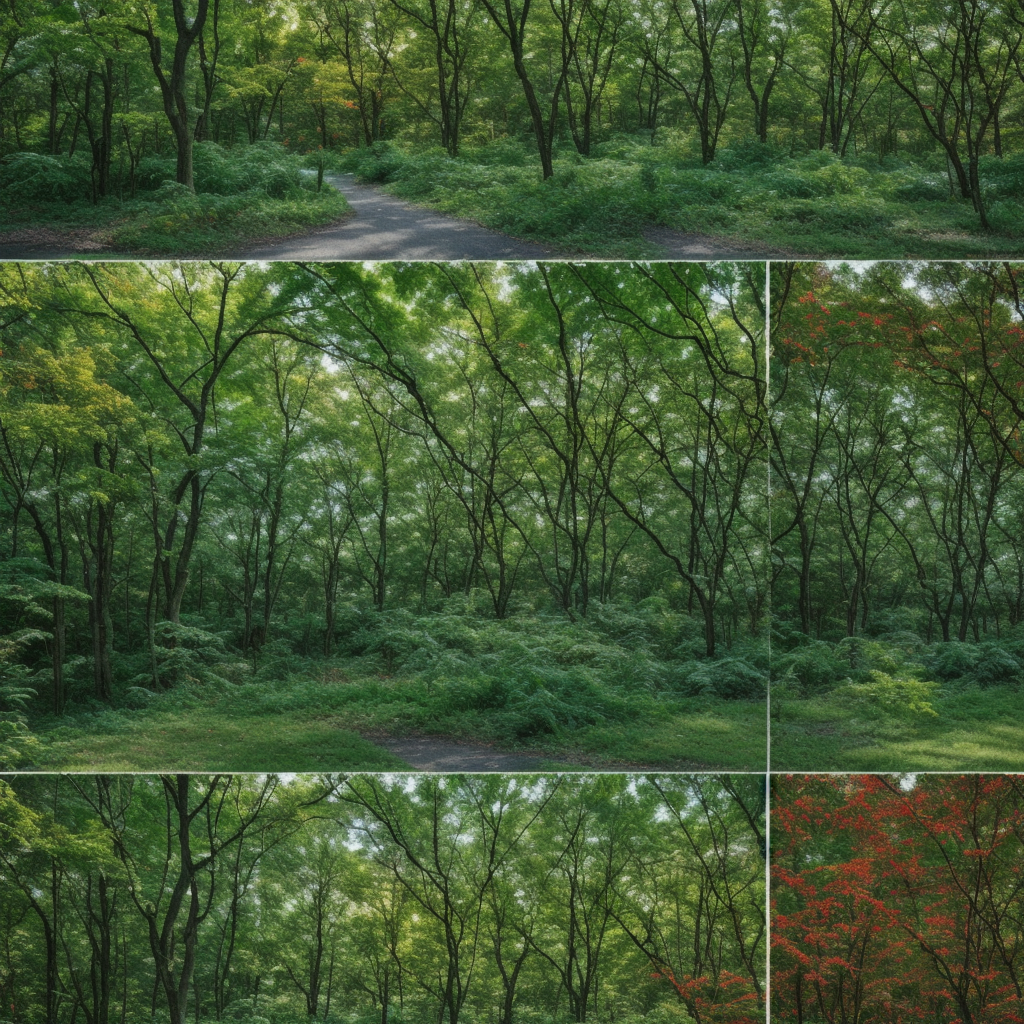
Breaking Dawn: The Invasion of Vampire Bats
Bite-sized bullets:
– Northward migration of vampire bats due to climate change threatens to bring rabies along.
– Precious ecosystems, agricultural communities, livestock, and human health are at risk.
– Vampire bats normally live in Latin America.
– Climate change provides these bats more suitable habitats in the North.
– Scientists are currently attempting to predict the spread and impacts of this migration.
– Potential solutions are being tabled, although controversial in nature and application.
Body of the Beast:
Forget the horror movies, vampire bats are real and they’re heading North from Latin America faster than a bloodhound on a scent trail. As the weather becomes warmer due to climate change, these dark winged beasts are packing up their cave and taking their blood-thirsty parties elsewhere.
Ecologists have been staring down their microscopes noticing this migration trend and scratching their heads in worry. These are not just any bats, these are vampire bats. The kind that don’t mind sinking their fangs into livestock, wild animals, and even humans (not out of personal vendetta of course). More alarmingly, there is a great risk of them bringing rabies along as their plus one to the party.
These creatures, native to Latin America, find their way to dinner using thermal radiation and typically target sleeping prey, making livestock a preferred menu option. Farmers up North, already battling erratic weather patterns due to climate change, can certainly do without this additional fiesta of vexation.
As they expand their territory into new areas, the threat is not only to the commercial livestock. The threat lays equally to native wildlife unaccustomed to these uninvited guests. There’s no biological quarantine protocol in the ecosystem to restrict this spread of disease.
Science sleuths are on their toes, crunching numbers to predict the extent and impact of this migration. And they don’t like what they’re seeing. However, countering this invasion becomes a conundrum due to the ecological importance bats hold. They control pests, pollinate plants, and disperse seeds. Vampire bats even showcase a rare social structure amongst bats – one where they share food and care for the needy. Yeap, they’re essentially bloodsucking socialist bats!
Technology and science seem to be standing on a tightrope, balancing the need to protect health and the environment with the need to respect these creatures and their ecological roles. As we bat around potential solutions, from vaccination to selective culling or even habitat modification, there is bound to be controversy. Not to mention, any misstep could bear unforeseen ecological consequences.
Hot Take:
The bat’s out of the bag (or cave), people. Climate change isn’t just causing a rise in global temperatures – it’s also transforming the animal kingdom’s zip codes. Why are we surprised? Our planet is all connected, after all. Weather, animals, disease… they don’t work in isolation. They’re like a super complicated organic puzzle that scientists spend their lives trying to work out.
As much as we’d like to blame our problems on our childhood nemesis Dracula, the fact is that we need to take responsibility. Our behavior contributes to climate change, which in turn, is screwing up everything from bat migration patterns to disease spread.
And while vampire bats might not be poster-creatures for the cuddliest pets, they do play a vital role in our natural world. So, here’s the rub: instead of going into panic mode and pointing our pitchforks at bats, we need to focus on addressing climate change. Because really, it’s our very own actions causing Count Batula and his cousins to come knocking at our doors.
This might be a bitter pill (or bat pill) to swallow, but maybe it’s high time we started thinking about the effects of our actions on the world and its diverse inhabitants. And who knows? Maybe one day we’ll be able to guarantee that the only vampires we have to worry about are the ones sparkling on our screens.